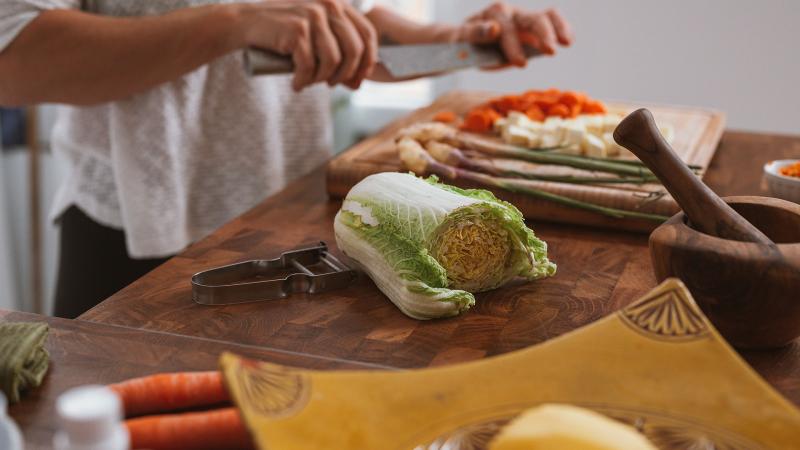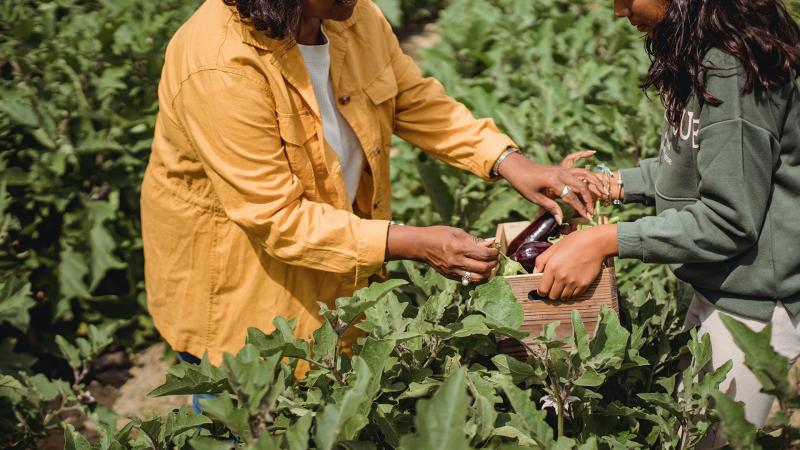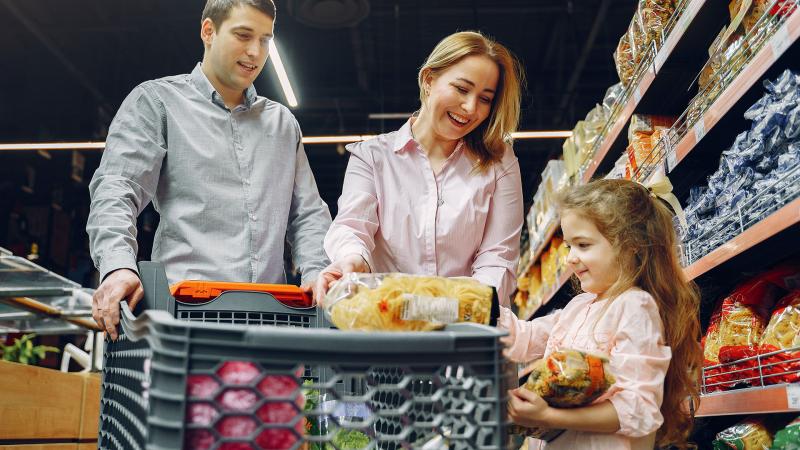Are you struggling to get your kids to eat more veggies? Are you fed up with fussy eaters? Many Queensland families are familiar with the great battle of the vegetables. Sure, there are tales of victory, but that’s not to say they didn’t come with some setbacks and challenges on the way!
With 95% of Aussie kids not getting the recommended daily amount of veggies* it’s no wonder many families are facing this very same fussy–eater struggle. Here’s where Life Education Queensland is here to help. Leading dietitian and Life Education Queensland ambassador Kate Di Prima, shares her tips to get children to eat more veggies in our latest nutrition podcast Growing Happy Little Veggie-mites!
Here are Kate’s top five tips to help you raise happy and healthy children.

As Kate discusses in the podcast, “menu planning is everything.” If you don’t have the vegetables in the fridge, then it’s likely you and your family will resort to the next convenient option. Kate says the best thing you can do is make sure A – you have the ingredients in the fridge and B – you feel comfortable cooking whatever you’re preparing. So, next time you are at the shops, make sure you add to your shopping list not just the vegetables for your meals, but vegetables for snacks as well to ensure you are prepped and planned for the week ahead.

Kate recommends involving children in the kitchen from the get go. “Give them the opportunity to be exposed to all these lovely tastes textures and smells… give them that opportunity,” she says. Whether it’s from toddler age where they can help you clean up the veggie peels through to teenage years where they can cook the meal with you – each time you expose children to vegetables it’s positive repetition which normalises the idea that veggies should always be at least half of your meal.

Kate also grows tomatoes and other vegetables in garden planters on the deck of her inner-city Brisbane home. She says growing a few of your own vegetables provides a great opportunity to educate children about how vegetables grow and means they’re consistently exposed to veggies in the household. Whether it’s a complete vegetable garden with a farm–to–plate experience or just a simple pot plant growing herbs – it’s a fun family activity to be involved in.

If you don’t have the time to invest in growing your own veggies – then don’t worry, the grocery store or markets can be a great experience too! Although shopping with young children can be a challenge, Kate suggests turning grocery shopping into a sensory experience, giving children the opportunity to see produce and appreciate ‘bright colours, shapes, sizes, smell, etc.’ It’s that same story of exposure here to ‘normalise’ vegetables. To mix things up for the grocery run, maybe even make a game of it for the little ones! See if they can spell out the name of the vegetable or guess how you can use the vegetable in a meal.
All parents are familiar with the complaint, “there’s nothing to eat, I’m hungry”. Try being armed with some simple veggie–to–go snacks! Kate says preparation is key to ensure veggies are as convenient and accessible as ‘sometimes’ foods. “For the time–poor parent we are grabbing something quick and easy. And if it’s not planned, that quick and easy tends to be convenient, outside food delivered to the door.” At the start of the week, chop up some vegetable snacks like carrots, capsicum, celery, cucumber, cherry tomatoes, snow peas… the list goes on. Make sure these are easily accessible in the fridge for your little ones so they can see the snacks but most importantly grab their veg to go!

The main takeaway here is normalising vegetables in your meals and everyday life. Like Kate says, “if adults are eating veggies and salad, this will translate through to kids.”
For more nutrition tips listen to the Growing Happy Little Veggie-mites! podcast with Kate Di Prima here, or find us on your favourite podcast platforms.
*2020 Chief Health Officer report, Queensland Government.